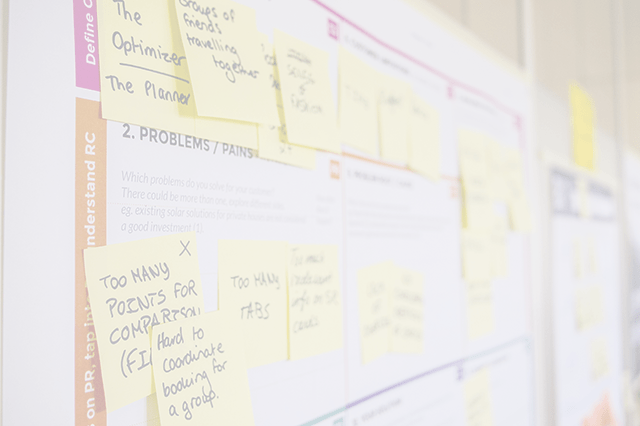Yahoo Bans Work from Home – an Alternative Perspective

In the past week, Yahoo has said that its employees must work in a Yahoo office by June. The stated goal is to bring people together to increase collaboration. In addition, comments on Quora suggest that current and former employees feel the old work from home policy was badly abused – with Fridays being known as a “no work day”.
Please appreciate that as I and others write, we have no special insight into what is happening at Yahoo. In addition, sometimes when you’re trying to change an entrenched organizational culture, it’s necessary to deliver a shock to overcome inertia.
Reaction in the press castigates Yahoo, (e.g.: “A Giant Leap Backwards”, Jason Perlow says: “Yahoo Fix Your Culture and get Better Telecommuting Tools”) saying, that remote work is the wave of the future, and knocking Yahoo for not embracing it.
From the Principles page of the Agile Manifesto: “The most efficient and effective method of conveying information to and within a development team is face-to-face conversation.” Even though it’s already 12 years old, the statement still holds true. Electronic tools are still a long way from sharing body language and emotion that face-to-face interaction provides.
For effective Agile teams, remote work shouldn’t be the norm. Remote work increases the productivity of one team member but reduces the productivity of the whole team due to limited collaboration opportunities and increased communication costs. In addition, telecommuting disconnects people from the team. The key point: remember the goal isn’t to optimize the productivity of the individual but the productivity of the team(s).
On the face of it, asking employees to work in the office is a good thing. What’s missing is that it’s unclear whether people who are moved into offices will be integrated into team spaces that will help face-to-face conversations to happen. Or will they be jammed into productivity-draining cube farms?
Human Impact
“Build projects around motivated individuals. Give them the environment and support they need, and trust them to get the job done.” Another Agile Manifesto Principle.
As described in the press, there is no flexibility; starting in June all remote work will cease. For some, this will involve changing their childcare arrangements, while others apparently will have to relocate. Some of these people joined Yahoo on the understanding that they would be working from home; for these people, their job has just changed quite radically.
All of these things would be seen to be de-motivating and so weaken engagement.
Implementation
Based on the leaks to AllThingsD (“Physically Together”) this change appears to be have been handed down from the top. I suspect the reality is more complex. Rather than suggest what should have happened at Yahoo, it’s interesting to consider other ways of having made a change like this.
Taking away choices and options that people have had for a while can be demotivating. What strategies are there for engaging them in making a change?
Option #1
State the Goal: Increase collaboration and face-to-face time. Make clear the constraints; electronic tools (Skype et al) aren’t classed as face-to-face time.
Make a rule that all new hires are expected to work in a Yahoo office. Ask existing employees to commit to coming into the office 2-3 times a week, the days can be determined by each team to meet their needs.
Experiment: Run this as an experiment; after 3-4 months you ask teams to evaluate how the experiment is going. They’re expected to improve their team approach and working agreement to continue to improve on the goal.
Option #2
State the goal and constraints (as in Option #1).
With smaller organizations let the teams experiment on their own and let them decide how to meet the goal. Every six weeks engage the teams to find out what approaches are helping to improve face-to-face time. Share the information with other teams.
With a larger organization it’s not practical to let the teams self-organize to find the solution. In this case the teams should be provided with options and some degree of flexibility.
People have greater engagement when they can choose. They also gain from knowing there is flexibility; even if they never make use of it.
These options would be messier and bit a slower to implement but they would go a long way to making people feel like they’re part of team as a opposed to being simply told what to do.
Summary
If the goal was to shock the system and move it, make it clear that the status quo can’t continue and the policy will probably have the desired effect.
If the goal is an increase in productivity through co-location, I wonder if it might have the opposite effect in the short term.
Image licensed from Photodune

Mark Levison
Mark Levison has been helping Scrum teams and organizations with Agile, Scrum and Kanban style approaches since 2001. From certified scrum master training to custom Agile courses, he has helped well over 8,000 individuals, earning him respect and top rated reviews as one of the pioneers within the industry, as well as a raft of certifications from the ScrumAlliance. Mark has been a speaker at various Agile Conferences for more than 20 years, and is a published Scrum author with eBooks as well as articles on InfoQ.com, ScrumAlliance.org and AgileAlliance.org.
